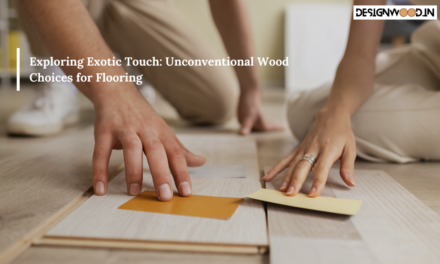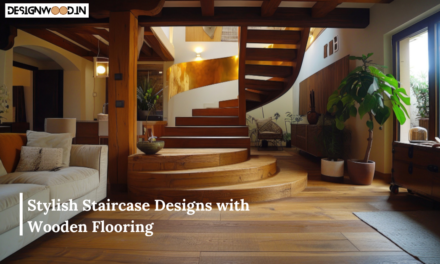In the realm of interior design, the concept of transitional style has gained considerable popularity in recent years. Combining elements of traditional and contemporary design, transitional spaces strike a delicate balance between classic elegance and modern simplicity. When it comes to flooring, this approach offers a myriad of opportunities to infuse a room with character and charm while maintaining a sense of timelessness. Let’s delve into the world of transitional wooden flooring and discover how they can add a unique twist to any interior.
Balancing Act: The Essence of Transitional Design
Transitional design embodies the perfect marriage between the old and the new, blending classic elements with contemporary touches to create a cohesive and harmonious aesthetic. This versatile style eschews the extremes of traditional and modern design, instead opting for a balanced approach that prioritizes comfort, functionality, and sophistication. Transitional wooden floors play a pivotal role in achieving this delicate balance, serving as the foundation upon which the rest of the room’s design can unfold.
Subtle Sophistication: Wide Plank Hardwood
Wide plank hardwood flooring is a hallmark of transitional design, offering a timeless yet contemporary look that complements a wide range of interior styles. With their generous width and long, uninterrupted lines, wide plank floors add a sense of grandeur and sophistication to any space. Whether crafted from oak, maple, or walnut, these elegant floors bring warmth and character to transitional interiors, providing the perfect backdrop for both traditional furnishings and modern accents.
Rustic Elegance: Reclaimed Wood
For those seeking a more rustic and eclectic vibe, reclaimed wood flooring is an excellent choice for transitional spaces. Salvaged from old barns, factories, and warehouses, reclaimed wood boasts a rich history and unique character that cannot be replicated. Each plank tells a story of its past life, with weathered patinas, nail holes, and saw marks adding to its charm and allure. In a transitional setting, reclaimed wood floors inject a sense of warmth and authenticity, bridging the gap between old-world charm and contemporary design sensibilities.
Sleek Simplicity: Engineered Wood
Engineered wood flooring offers a sleek and streamlined alternative to solid hardwood, making it an ideal choice for transitional interiors where versatility and practicality are key. Composed of multiple layers of wood veneer bonded together with adhesives, engineered wood is highly durable and resistant to fluctuations in temperature and humidity. Available in a wide range of finishes and styles, from traditional oak to exotic bamboo, engineered wood floors provide the perfect foundation for transitional spaces seeking a modern twist.
Timeless Appeal: Parquet Patterns
Parquet flooring has been a staple of classic design for centuries, revered for its intricate patterns and timeless elegance. In transitional interiors, parquet floors take on a fresh and contemporary vibe when paired with modern furnishings and accents. Whether laid in herringbone, chevron, or basket weave patterns, parquet floors add a sense of refinement and sophistication to any room, creating a stunning focal point that anchors the space and elevates its aesthetic appeal.
Conclusion:
Transitional wooden floors offer a perfect fusion of classic charm and modern flair, providing a versatile canvas upon which to build a stylish and inviting interior. Whether you prefer the understated sophistication of wide plank hardwood, the rustic elegance of reclaimed wood, or the sleek simplicity of engineered wood, there’s a transitional flooring option to suit every taste and design aesthetic. By embracing the timeless appeal of wooden floors with a contemporary twist, you can create a space that exudes timeless elegance and effortless style.





